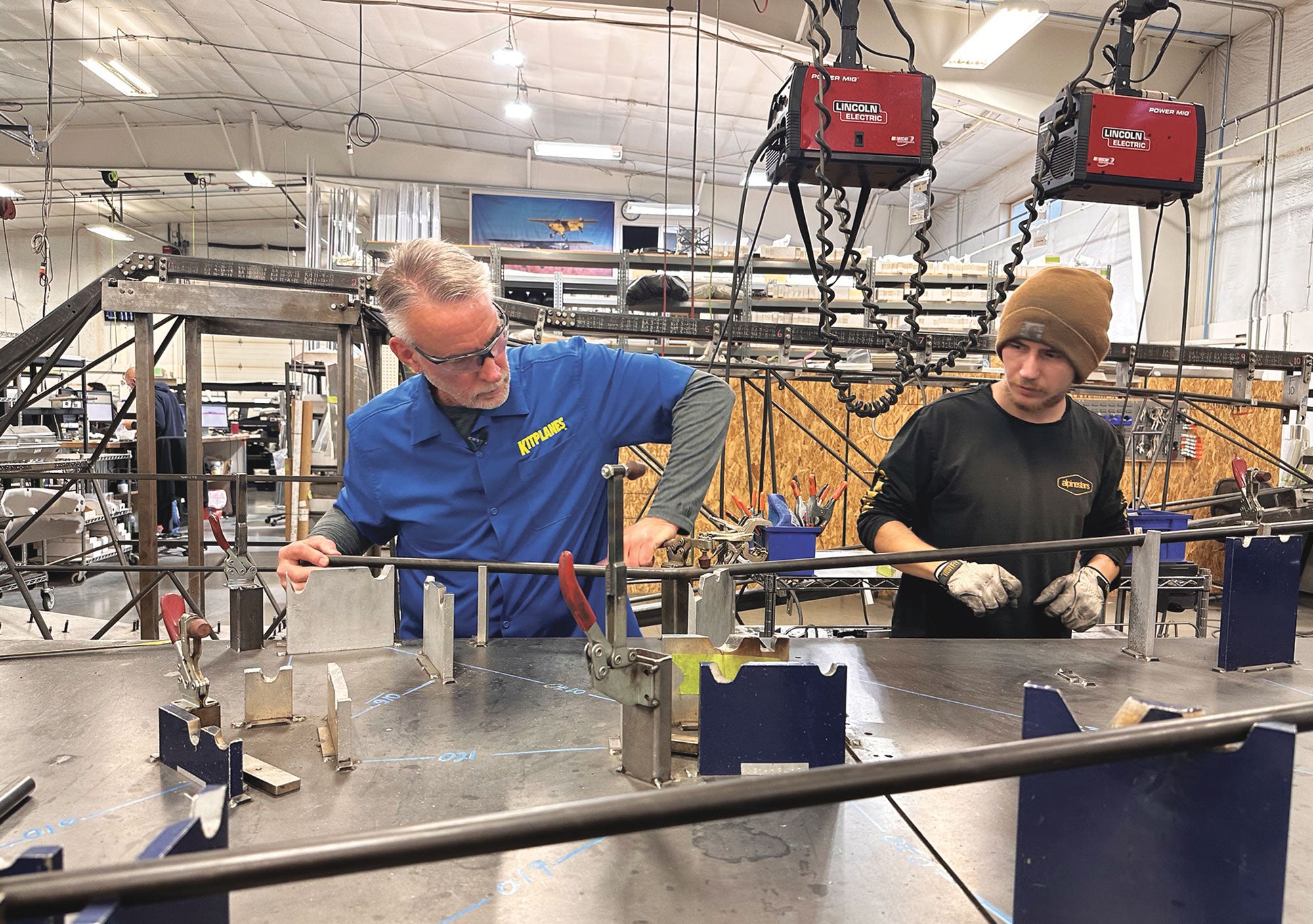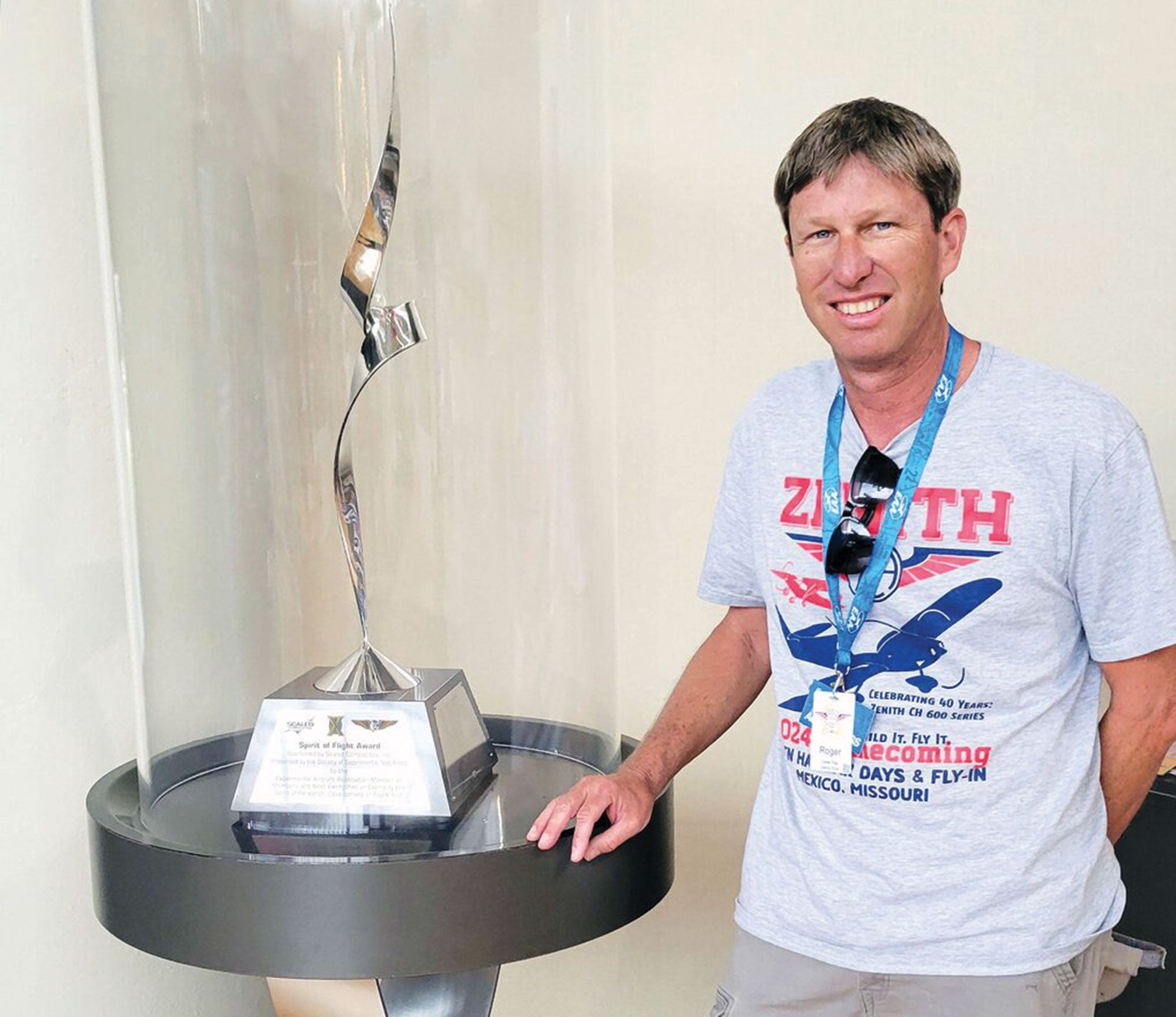
It’s easy inside a special-interest magazine like KITPLANES to work according to a few occasionally misguided assumptions. For example, I assume that you’re reading us because you have an interest in homebuilt aircraft—that much should be obvious to us all. And based on both formal and informal polling of our readership, I assume the vast majority of you are considering building an airplane, have built an airplane (sometimes more than one) or are flying an Experimental-registered airplane today.
That’s the easy part. If you’re embedded in our culture, you know (or are rapidly learning) the language. Sometimes it gets a little obscure and it ends up, awkwardly, coloring normal conversation. “He cooked that steak like bucking the inboard flange rivet on an RV-3 tail.” “Her tennis serve is smoother than a layer of micro over a straight joggle, block sanded with 320 grit.” Your non-building friends will find a way to change the subject.
Still, we have to be careful. I was called out recently for having too many acronyms in a story. I had to go look to remember what I’d said. When I reviewed the piece, I thought we’d done a good job and made the right assumptions. (My copy editor, Jennifer Whitley, has the right attitude for this work, being both knowledgeable about our topic area but also curious enough to question my shorthand. She helps keep me on track.) Where did I go wrong? Well, we don’t usually spell out FAA on first reference since we assume most pilots and pilot-adjacent individuals know that it stands for the Federal Aviation Administration. I also assume you know what EAA stands for—the Experimental Aircraft Association—but perhaps I’m wrong about that. We also tend to use terms like LSA (Light Sport Aircraft) without explanation, though I realize we should be careful about further compression to SLSA and ELSA. Since the category has been around two decades now, my assumption is that most know that an SLSA is a ready-to-fly aircraft while an ELSA has to have some assembly. Maybe we (I) have to be more careful in this realm.
The Bigger Picture
Sometimes our posturing around homebuilts goes beyond the language. We are all justifiably proud of our accomplishments and most builders I know are grateful to have found the subcategory of aviation that allows for more involvement and creativity than simply writing a check for a new or used production-line airplane. But we have to watch ourselves here. Our intimate knowledge and eagerness to tout the benefits can sometimes cloud our communications.
Watch a group of builders of any particular make and model aircraft. Listen to the banter. It’s as though it’s in code. How’d you do this? Why’d you do that? Well, bearing 24-107 is always slightly tight in bracket B-2290 so you just have to…blah blah blah. That’s fine in a closed setting, but I encourage you to read the room and make sure that anyone with even the slightest interest in building (or buying an already flying homebuilt) is afforded entry to the club. Step back and remember when you were just getting started. There were probably those in the group who didn’t care for “interlopers” and figured you hadn’t paid your dues yet, so they might have been a little frosty.
And there were those who saw the gleam in the eye, the intense curiosity for something new and exciting in aviation—and did something about it. They made you feel welcome. They offered an entry to the sport and thoughtfulness in the way they helped explain the differences. When I see this happening, I try to get a sense of the questioner’s background. Do we have common experiences? How can I frame what we do in the Experimental world so that it makes sense to the newcomer? How can I set the hook? Truth is, we need to work tirelessly to bring new faces into our world. Let’s start by making any and all of them feel welcome.
Congrats, Roger!

At AirVenture this year, Zenith’s Roger Dubbert won the Spirit of Flight award. According to EAA, “The Spirit of Flight Award, sponsored by the Society of Experimental Test Pilots, is presented annually to an EAA member who best exemplifies the spirit of research, development or flight test. The winner is nominated by EAA and is selected by SETP’s Board of Directors.” Past winners include Dave Anders, Klaus Savier, Jon Sharp, Elliot Seguin, John Monett, Mike Seager, Dan Johnson, Ed Kolano, Mike Melvill and Dave Morss.
No doubt Roger’s contribution to Zenith’s airplane development is noteworthy, but that’s not what comes first to mind for me. No, it’s his cheerful, calm approach to demo flying. Amy Wilder, editor of Plane & Pilot, who recently completed some transition training with Roger, noted that “As someone without a lot of experience, flying with Roger was confidence-building for me. Not just because he’s so genuinely positive and nice, but because he’s great at knowing how to break down information and build understanding piece by piece.”
I have just enough experience to know that offering demo flights is a real crapshoot. Sometimes you get smooth, comfortable pilots, allowing you to relax and explain the benefits of the airplane in a relatively calm atmosphere. Sometimes you get the nervous and unpredictable. And you often don’t know which is which until the wheels have left the ground. Roger’s poise and care are noteworthy here, as is his knowing just how much rope to give you during a test flight. It’s his job to let you experience the airplane to its fullest but it’s also his job to keep you safe. In my time with Roger, he’s done both. Expertly. With a smile.














That’s the first time I’ve seen mig welders suspended overhead like that. I keep mine on a roll around cart. And I can’t imagine the need for the overhanging mount. Unless shop floor space was greatly restricted.